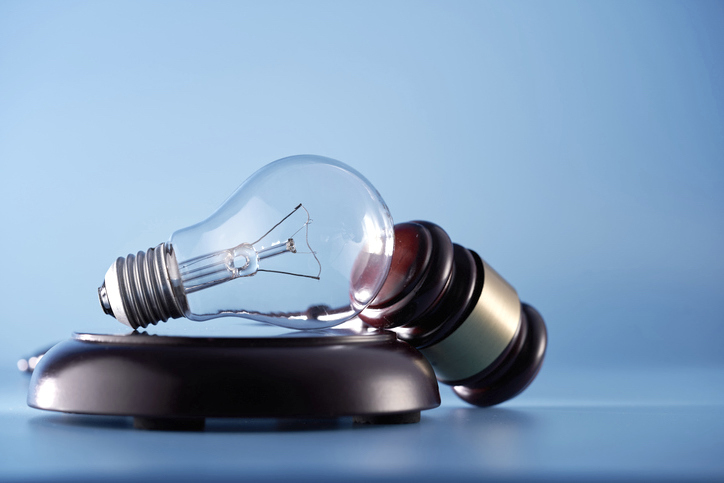Will Community Solar Lower Electric Bills?

It’s easy to see that Ohio needs more energy to meet growing demand. The problem becomes even worse, because of heating costs and data centers. As a result, electricity rates have been on the rise, with no clear end in sight. However, Ohio lawmakers are working on a bill that could bring community solar to the state. But what is community solar and how can it cut Ohio bills.
What Is HB303 About?
Back in 2023 and 2024, lawmakers introduced bills to create energy pilot programs in Ohio. However, these focused mainly on solar and so never reached a vote. The new bill, HB303, is tech-neutral, opening the door for other community energy projects. The bill lists several types, including biomass, wind, and landfill gas.
Under HB303, these solar projects would have to meet certain requirements:
- A facility must generate renewable energy.
- Plants must have a capacity under 11 megawatts (MW) of power. This cap rises to 21 MW, if the facility is built on commercial or public rooftops.
- The facility cannot be owned by a utility. Finally, their customers have to live in the project’s general area.
Is HB303 Good For Ohio?
Supporters believe that HB303 provides a lot of good for energy subscribers. The bill encourages building plants in Ohio to meet energy need. This is important because Ohio imports close to 20-25% of its energy from other parts of the PJM grid. In other words, this could reduce grid demand, offset grid transmission costs, and lower bills. On top of this, subscribers would get bill credits cut their costs even more!
We also have to look at the high cost of data centers. They require an incredible amount of energy and that demand raises prices. In fact, 2024 auction prices jumped by 800%, in large part due to data centers. Energy projects can help protect homes and businesses from these price spikes, because they would have their own energy sources. Subscribers may also see fewer blackouts because these projects service a much smaller area.
Yet, despite these potential benefits, HB303 has come under fire.
For example, AEP said last year that energy choice already gives customers the option to support renewable power. Some companies argue that coal can do the job better than solar. Finally, some companies are concerned that Ohio’s energy projects would cut into their earnings, possibly because of its cheaper costs.
Can Community Solar Work?
Ohio won’t be the first state to adopt community energy projects.
In Michigan, lawmakers set up a community solar program but placed a cap on how much solar energy can be generated in the state. They also prohibit Chinese solar panels, and put zoning requirements for all projects.
Similarly, the Pennsylvania Community Energy Act gives homes and businesses the option for green energy, even if they can’t install solar panels. Much like HB303, the law also caps a project’s peak load but increases it for rooftop facilities.
Will HB303 Lower Electric Prices?
It’s hard to predict how much HB303 could lower prices. However, it has massive potential to make green energy cheaper. On top of this, it paves the way for Ohio homes to get solar power without having solar panels. Let’s not forget the benefits solar has for the environment as well as air quality.
For now though, the best way to cut your electric bills is by shopping for the best rates at https://www.ohenergyratings.com. You can also count on us for the news and tips that could affect your bills.

